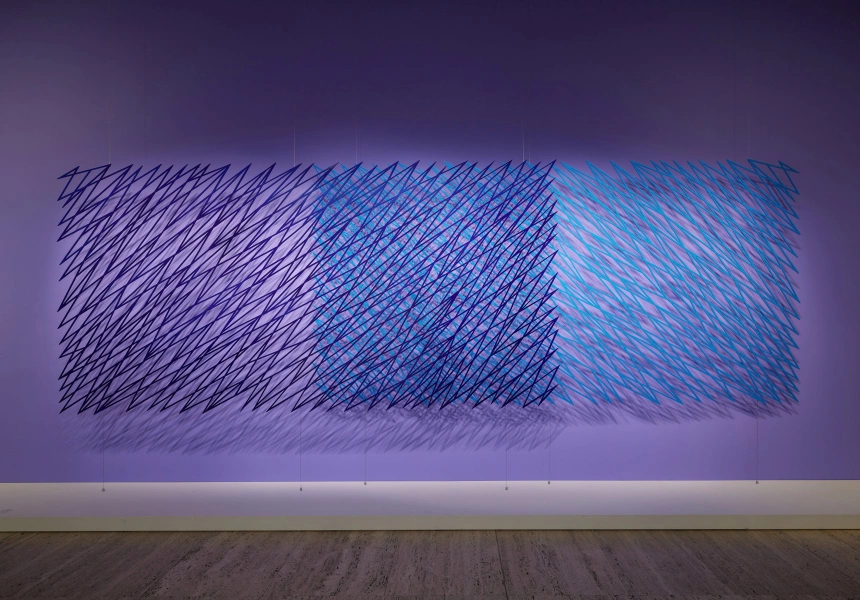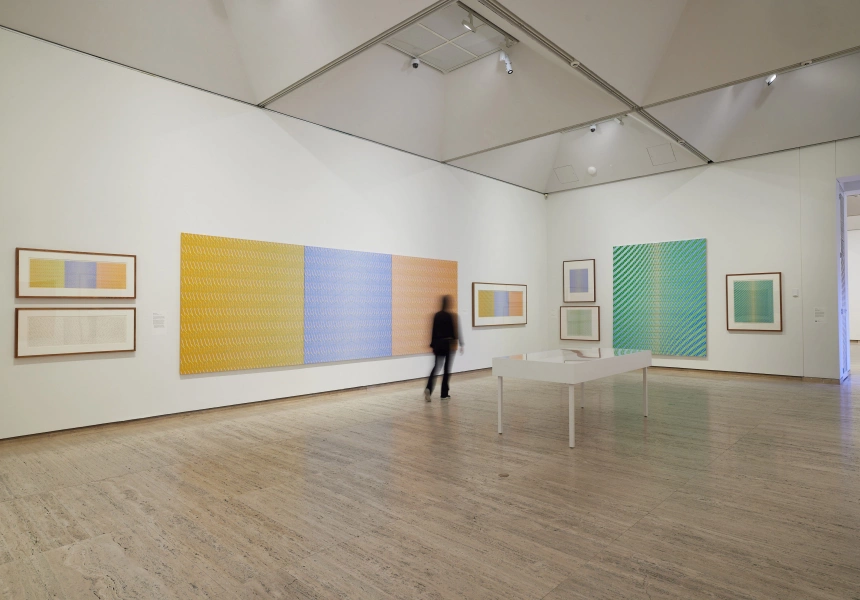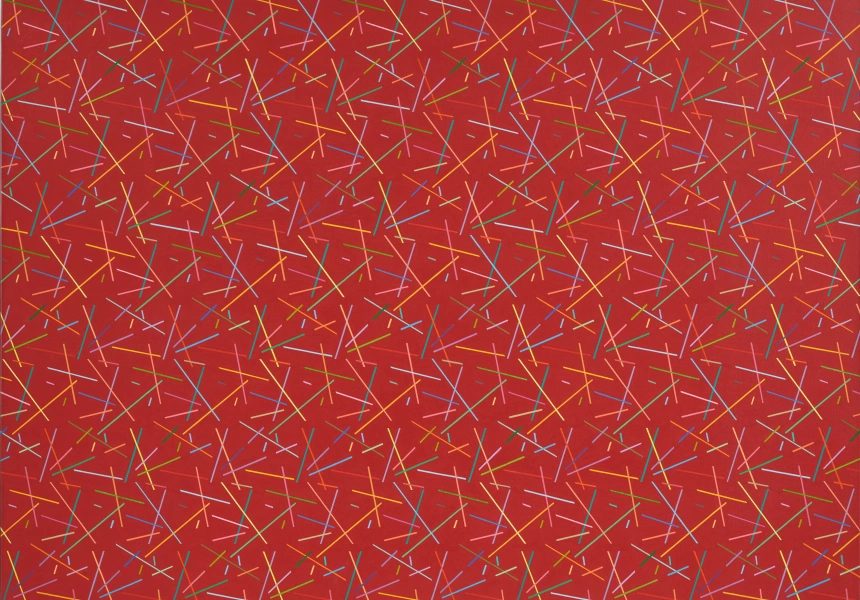When American art critic and feminist activist Lucy Lippard visited Melbourne in 1975, Australian abstract artist Lesley Dumbrell was put in charge of driving her around town. They visited the spaces where her contemporaries – artists like Jenny Watson and Erica McGilchrist – spent their days alone, chipping away at their practice.
Lippard, celebrated for her writing on pop art and minimalism, was at the forefront of advocating for women in art. She couldn’t understand why Australian women artists weren’t more connected to each other.
“I remember realising, we’ve all got brains, we’re all painting and making things, we should be a community,” Dumbrell tells Broadsheet. Inspired by Lippard, Dumbrell, alongside contemporaries McGilchrist, Kiffy Rubbo and Meredith Rogers, created the Women’s Art Register – Australia’s living archive of women’s art practice, which still operates today.
Never miss a Sydney moment. Make sure you're subscribed to our newsletter today.
SUBSCRIBE NOW“Once we did all get together, it was lovely. All sorts of friendships were made. It also gave a lot of women the sense that they could be more courageous now that there was a community that would support them.”
Dumbrell recalls a time when one artist’s husband decided he would pop in to “check out what the women were doing”.
“Chucking him out was really fun,” she says with a grin.
Dumbrell’s work is the subject of Lesley Dumbrell: Thrum, a major solo exhibition at the Art Gallery of New South Wales (AGNSW), curated by Anne Ryan. Dumbrell is 82 years old, and she’s been producing work for over 50 years, but this is her first survey in a state art museum.
“This exhibition is long overdue,” said AGNSW director Michael Brand at the exhibition opening, after praising Dumbrell’s pragmatic approach towards advocacy and building community with her female peers.
There are over 90 works in the exhibition, spanning four rooms and over five decades. Her paintings have their own language, expressed through her fascination with colour. The artist works with her own grid lines as a starting point for each painting. The titles of her works give viewers clues to the meanings and sensations behind each one, such as Taffetas (1983), which was inspired by the rustle and crunch of taffeta.
“At the risk of somehow doing your brain and your eyes injury, if you try to follow those lines, you end up in a very strange mental place,” Brand says.
Dumbrell divides her time between Bangkok and regional Victoria, where her practice continues to evolve, most recently through the medium of water-jet-cut metal sculpture – and one of these works makes its debut at the entrance to the exhibition.
Some of the most fascinating works in the show come from Dumbrell’s earliest days as an artist. As an art student at RMIT in the late 1950s, abstraction was not just discouraged, it wasn’t allowed. Dumbrell would go home after “classes on head drawing, hand painting and life drawing … all the old-fashioned things” to look at reproductions of Dutch painter Piet Mondrian’s works and read Russian painter Wassily Kandinsky’s pioneering book Concerning the Spiritual in Art. The result was her own nascent experiments in abstraction.
“I used to go home and paint because I couldn’t stop thinking about it. But at the time you just didn’t do it. You weren’t allowed to,” she says. “But I was always a bit naughty.”
Lesley Dumbrell: Thrum is at the Art Gallery of New South Wales now until October 13. Entry is free.
Broadsheet is a proud media partner of the Art Gallery of New South Wales.



